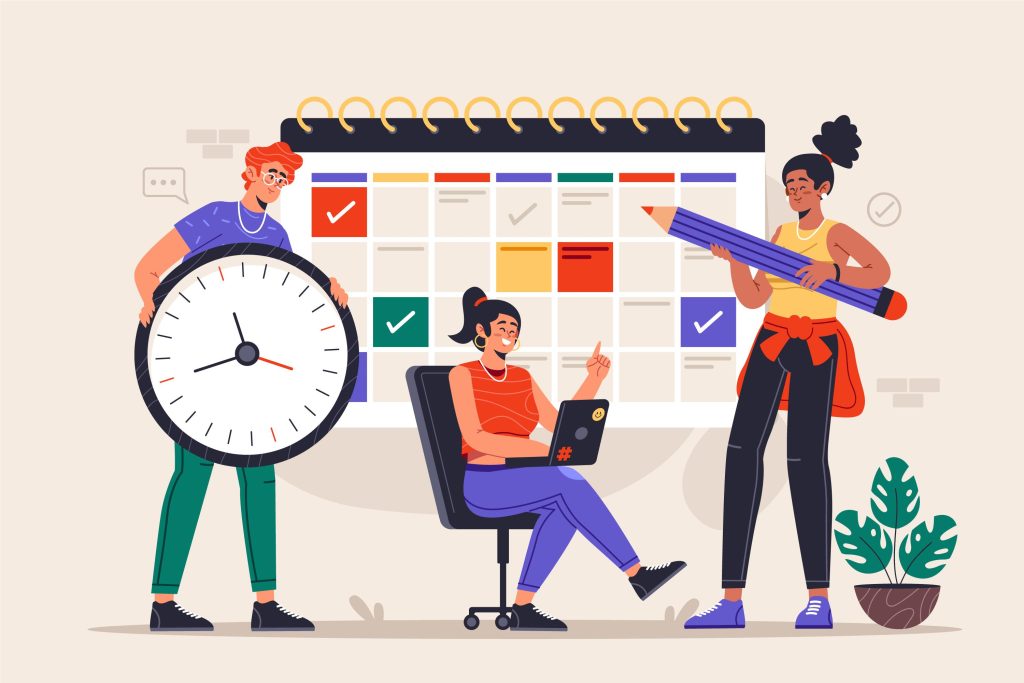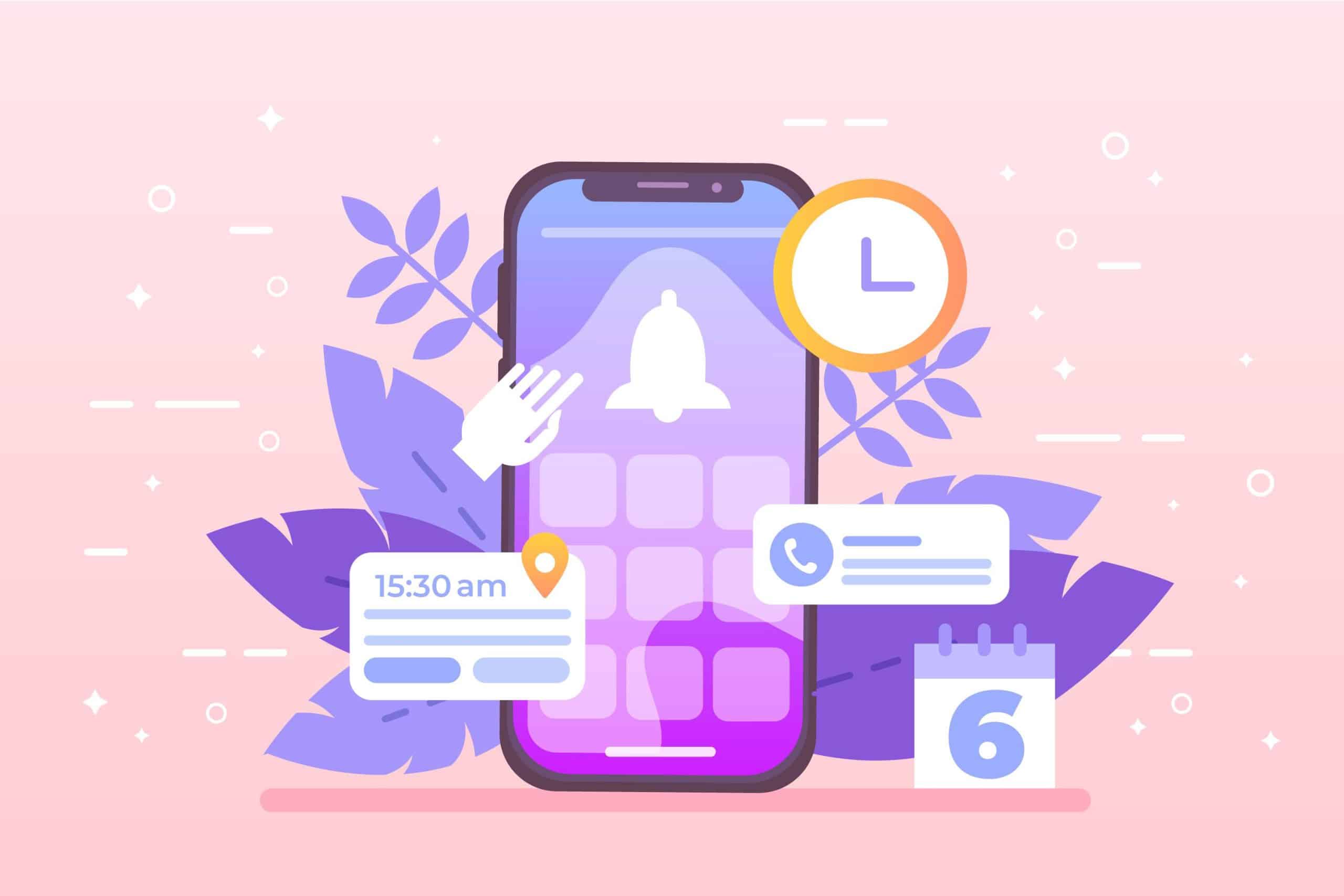In the fast-paced culture of hyper-productivity and non-stop notifications, carving out time to pause is more radical than ever. If you’re wondering how to build a weekly slow session into your calendar, you’re not alone. One of the most talked-about strategies gaining traction in wellness and productivity circles is the weekly “slow session.”
In a slow session, you intentionally set aside time for unstructured, low-pressure thinking, reflection, or restorative activities. It’s not a nap or a time-off block. It’s a conscious commitment to slowness—free from task lists, meetings, or performance metrics.
The idea has seen a sharp rise in interest in 2024 as professionals look for sustainable ways to manage burnout, digital fatigue, and the constant pressure to produce. According to Google Trends, searches for “digital detox,” “slow productivity,” and “intentional rest” have all surged in the past year.

Why You Need a Slow Session
Experts in cognitive performance and workplace wellness endorse the weekly slow session, and scientific research supports its benefits.
Cognitive Benefits
- Improved problem-solving: The default mode network in the brain—active during rest and daydreaming—is linked to creative problem-solving (Raichle, 2015).
- Memory consolidation: Research shows that the brain uses downtime to strengthen memories and integrate information (Mednick et al., 2011).
Emotional and Mental Health
- Lower anxiety levels: Slowing down allows the nervous system to reset, reducing cortisol levels and helping prevent burnout.
- Greater emotional resilience: Reflection and non-doing give space for emotional processing and mental clarity.
Professional Advantages
- Enhanced focus: Unplugging even once a week improves concentration when you return to work.
- Sustainable productivity: Studies have shown that strategic rest boosts long-term output without leading to exhaustion (Newport, 2020).
How to Build a Weekly Slow Session Into Your Calendar
Creating your own weekly slow session isn’t complicated, but it does require intention. Here’s a step-by-step guide to help you get started.
1. Choose Your Timing Wisely
Pick a consistent day and time when you’re least likely to be interrupted.
- Best options: Friday afternoons, Sunday evenings, or early weekday mornings.
- Duration: 60 to 90 minutes works well, but even 30 minutes is beneficial.
2. Set Clear Boundaries
Your slow session must be protected from typical work distractions.
- Block the time in your calendar as “busy”
- Turn off notifications
- Inform colleagues or housemates that you’re unavailable during this time
3. Define Your Version of “Slow”
There is no one-size-fits-all. The goal is to step back from urgency.
Examples of slow session activities:
- Journaling or reflective writing
- Reading a physical book
- Walking without a podcast or music
- Sketching, knitting, or creative hobbies
- Mind-mapping big-picture ideas
- Simply sitting with tea and letting thoughts wander
4. Remove All Metrics
This isn’t the time to track word counts, check emails, or measure output.
- No productivity tools
- No goals to achieve
- Just presence and process
5. Stick With It for 4 Weeks
It takes a few sessions to feel the shift.
- You may feel restless at first. That’s normal.
- With time, your brain will begin to associate the session with creative freedom and calm.
Emerging Trend: Slow Productivity
The weekly slow session aligns with a broader movement: slow productivity. Coined by computer science professor and productivity expert Cal Newport, this trend favors sustainable work over hustle culture. Rather than doing more, slow productivity emphasizes doing better work with deeper focus and intention.
In 2024, this idea has found a home in Silicon Valley, therapy circles, and leadership training. More companies are allowing “white space” time—unscheduled blocks for creative thinking—in employee calendars.
Keyphrase in Focus: How to Build a Weekly Slow Session
If you’re wondering how to build a weekly slow session, the answer lies in a commitment to prioritizing rest as a legitimate form of productivity. It requires a mindset shift away from “every moment must be optimized.”
Tips to Make It Stick
- Stack it with another habit: Pair your slow session with tea, a walk, or your weekly planning.
- Use analog tools: Notebooks, pens, and physical books help create a sensory shift away from digital life.
- Create a ritual: Lighting a candle or changing locations can signal your brain that it’s time to slow down.
Companies and Teams Are Taking Note
According to a 2023 Gallup workplace report, 44% of employees report frequent stress during the workday. As burnout numbers rise, employers are being encouraged to incorporate “strategic rest” into team workflows.
- Microsoft has tested 4-day workweeks and found increased productivity and morale.
- Google‘s “20% time” allowed employees to spend a portion of their schedule on unstructured projects—leading to major innovations like Gmail.
The weekly slow session can be adapted for teams too:
- Encourage a shared “quiet hour”
- No-meeting blocks company-wide
- Journaling or meditation breaks during off-sites
Final Thoughts
Building a weekly slow session into your calendar isn’t about doing less. It’s about creating the mental and emotional space needed to do your best, most creative work. In an era where hustle culture is being re-evaluated, strategic slowness isn’t indulgent—it’s essential.
References:
- Raichle, M. E. (2015). “The Brain’s Default Mode Network.” Annual Review of Neuroscience. https://www.annualreviews.org/doi/10.1146/annurev-neuro-071013-014030
- Mednick, S., et al. (2011). “Sleep-dependent learning: A nap is as good as a night.” Nature Neuroscience. https://www.nature.com/articles/nn0103-123
- Newport, C. (2020). “The Case for the Deep Life.” Cal Newport Blog. https://www.calnewport.com/blog/






